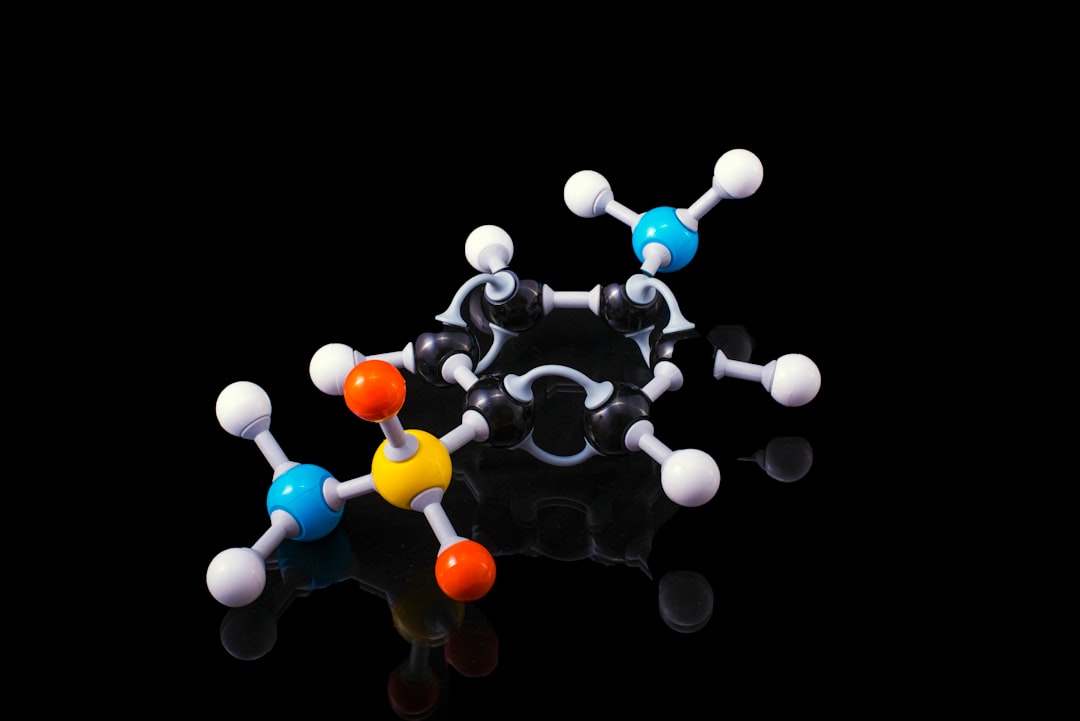What is it about?
Here we describe an environmentally benign nickel-zinc tungstate (NiWO4-ZnWO4) nanocomposite with great adhesion and reduced porosity due to improved adsorption sites and film ordering inspired by deoxyribonucleic acid (DNA). The synthesis of the newly designed mixed-metal oxide was done via a simple wet-chemical process in the presence of DNA and in-absence of DNA. Electrochemical analyses confirmed improved corrosion protection of Cu by approximately two orders of magnitude by using nickel-zinc tungstate with DNA compared to only the sample without DNA and the blank system (without any inhibitor).
Featured Image

Photo by Anna Zakharova on Unsplash
Why is it important?
Trace quantity of DNA improved the anchoring site
Perspectives
This work was very interesting in discovering the strong role of a small of DNA
Dr. Vitalis Ikenna Chukwuike
CSIR-Central electrochemical Research Institute (CSIR-CECRI) Karaikudi India
Read the Original
This page is a summary of: Nickel-zinc tungstate nanocomposites deposited on copper surface for corrosion protection in chloride solution, Journal of Molecular Liquids, August 2021, Elsevier,
DOI: 10.1016/j.molliq.2021.116342.
You can read the full text:
Contributors
The following have contributed to this page










